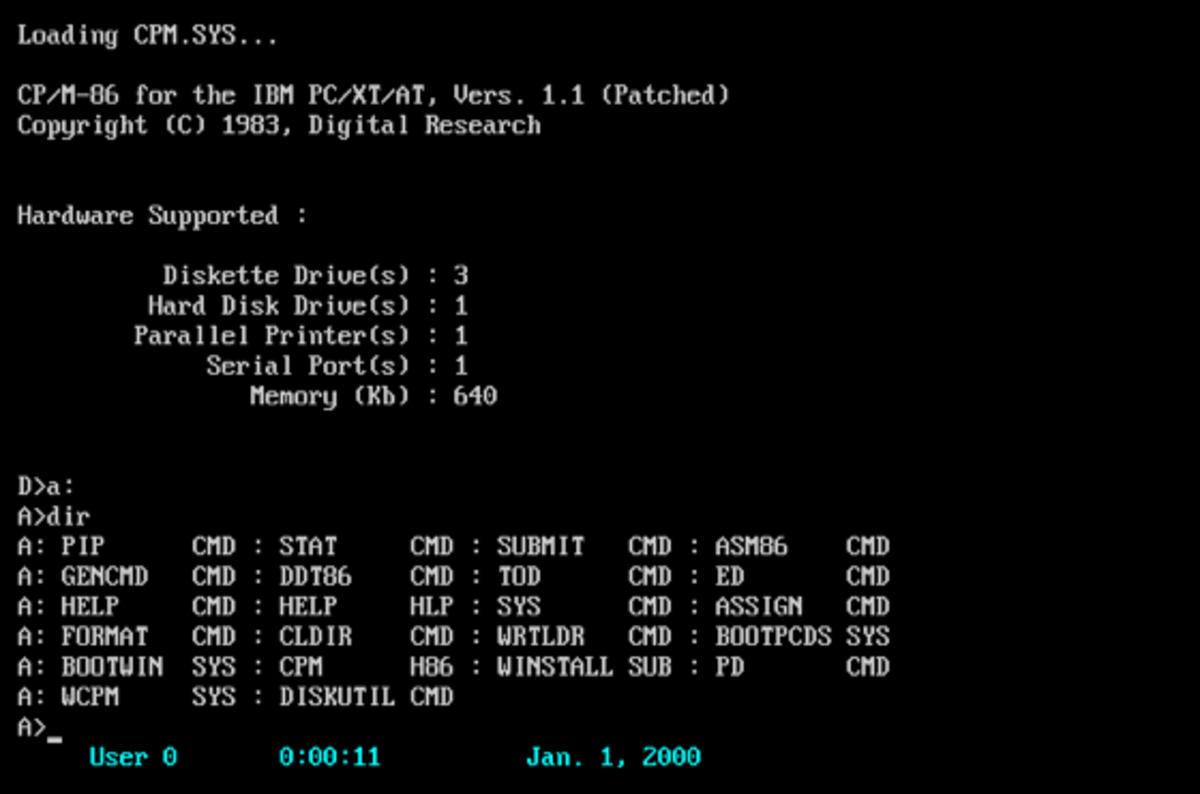Hpc Code Source Crackle

• • • Cell is a microarchitecture that combines a general-purpose of modest performance with streamlined elements which greatly accelerate and applications, as well as many other forms of dedicated computation. It was developed by,, and, an alliance known as 'STI'. The architectural design and first implementation were carried out at the STI Design Center in over a four-year period beginning March 2001 on a budget reported by Sony as approaching 400 million. Cell is shorthand for Cell Broadband Engine Architecture, commonly abbreviated CBEA in full or Cell BE in part. The first major commercial application of Cell was in Sony's. Has a dual Cell server, a dual Cell configuration, a rugged computer, and a accelerator board available in different stages of production.
Toshiba had announced plans to incorporate Cell in television sets, but seems to have abandoned the idea. Exotic features such as the memory subsystem and coherent (EIB) interconnect appear to position Cell for future applications in the space to exploit the Cell processor's prowess in kernels. The Cell architecture includes a architecture that emphasizes power efficiency, prioritizes over low, and favors peak computational over simplicity of. For these reasons, Cell is widely regarded as a challenging environment for.
IBM provides a -based development platform to help developers program for Cell chips. The architecture will not be widely used unless it is adopted by the software development community. However, Cell's strengths may make it useful for regardless of its mainstream success. One of the chief architects of the Cell microprocessor In mid-2000,,, and formed an alliance known as 'STI' to design and manufacture the processor. The STI Design Center opened in March 2001.
The Cell was designed over a period of four years, using enhanced versions of the design tools for the processor. Over 400 engineers from the three companies worked together in Austin, with critical support from eleven of IBM's design centers. During this period, IBM filed many pertaining to the Cell architecture, manufacturing process, and software environment.
Hpc Code Source Cracker Jacks A huge amount of work has gone into it, but the Mac version now works fine with Mac OS X 10.9 (Mavericks), 10.10 (Yosemite), and 10.9. HPC CodeSource Online Instant Access via Smartphone, tablet, laptop, desktop! No CD's to load or Apps to download. Always up to date, no updates necessary.
An early patent version of the Broadband Engine was shown to be a chip package comprising four 'Processing Elements', which was the patent's description for what is now known as the Power Processing Element (PPE). Each Processing Element contained 8, which are now referred to as on the current Broadband Engine chip. This chip package was widely regarded to run at a clock speed of 4 GHz and with 32 APUs providing 32 each(FP8 quarter precision), the Broadband Engine was shown to have 1 teraFLOPS of raw computing power. This design was fabricated using a process. In March 2007, IBM announced that the version of Cell BE is in production at its plant (at the time, now GlobalFoundries') in. Dan Georgescu Semiologie Medicala Pdf Converter more.
Used the cell processor for their arcade board as well as the subsequent 369. In February 2008, IBM announced that it will begin to fabricate Cell processors with the process. In May 2008, IBM introduced the high-performance double-precision floating-point version of the Cell processor, the, at the 65 nm feature size. In May 2008, an - and PowerXCell 8i-based supercomputer, the system, became the world's first system to achieve one petaFLOPS, and was the fastest computer in the world until third quarter 2009.
The world's three most energy efficient supercomputers, as represented by the list, are similarly based on the PowerXCell 8i. The 45 nm Cell processor was introduced in concert with Sony's in August 2009. By November 2009, IBM had discontinued the development of a Cell processor with 32 APUs but was still developing other Cell products. Commercialization [ ].
This article needs to be updated. Please update this article to reflect recent events or newly available information. (November 2010) On May 17, 2005, Sony Computer Entertainment confirmed some specifications of the Cell processor that would be shipping in the then-forthcoming console. This Cell configuration has one PPE on the core, with eight physical SPEs in silicon.
In the PlayStation 3, one SPE is locked-out during the test process, a practice which helps to improve manufacturing yields, and another one is reserved for the OS, leaving 6 free SPEs to be used by games' code. The target clock-frequency at introduction is 3.2.